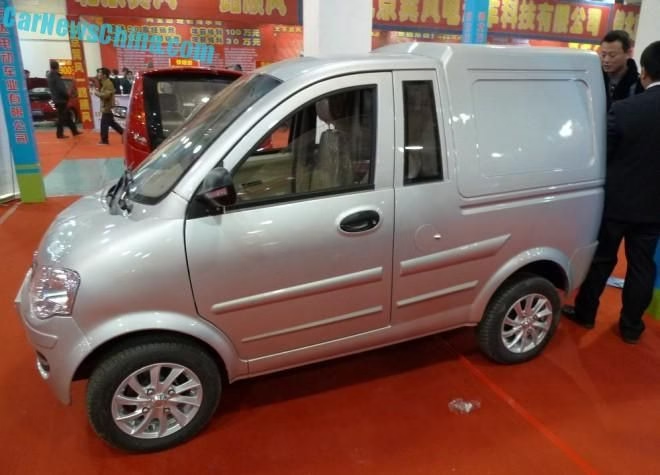
The electric vehicle (EV) revolution has accelerated significantly in recent years, and 2025 is shaping up to be a pivotal year for EV adoption in Asia. The region, which accounts for a substantial share of global vehicle sales, is witnessing a surge in EV interest driven by government policies, technological advancements, and changing consumer attitudes. Here’s a closer look at the key trends shaping the EV landscape in Asia in 2025.

1. Government Policies and Incentives
Asian governments are playing a crucial role in driving EV adoption by implementing favorable policies and incentives.
- China’s Continued Leadership: China remains the largest EV market globally, supported by its extensive subsidies, tax breaks, and stringent emission regulations. In 2025, the country’s New Energy Vehicle (NEV) policy aims to ensure that EVs make up at least 40% of total vehicle sales.
- India’s Push for Electrification: India’s Faster Adoption and Manufacturing of Hybrid and Electric Vehicles (FAME) scheme has been instrumental in promoting EVs. By 2025, India is targeting significant growth in EV adoption, focusing on affordable two-wheelers and public transport electrification.
- Southeast Asia’s Green Agenda: Countries like Thailand, Indonesia, and Malaysia are introducing EV incentives, including tax reductions and subsidies, to attract global manufacturers and promote local production.
- Japan and South Korea’s Transition: Known for their automotive innovation, Japan and South Korea are doubling down on EV technologies and hydrogen fuel cells, with ambitious plans for electrified transportation by 2030.
2. Infrastructure Expansion
The rapid expansion of charging infrastructure is critical to supporting the growing EV market.
- Ultra-Fast Charging Networks: Countries like China and South Korea are investing heavily in ultra-fast charging networks to reduce charging times and enhance convenience for EV users.
- Public-Private Partnerships: Collaborative efforts between governments and private companies are leading to the deployment of widespread charging stations across urban and rural areas in countries like India and Indonesia.
- Innovative Solutions: Wireless charging and battery-swapping stations are emerging trends, particularly in crowded cities where space for traditional charging stations is limited.
3. Technological Advancements
Technological innovation is driving improvements in EV performance, affordability, and sustainability.
- Next-Generation Batteries: Solid-state batteries and lithium-iron-phosphate (LFP) technologies are making EVs more efficient, with longer ranges and faster charging capabilities. Many Asian manufacturers are leading the charge in battery innovation.
- Affordable Models: The introduction of budget-friendly EVs is democratizing access to electrified transportation. Affordable two-wheelers and small EVs are particularly popular in densely populated countries like India and Vietnam.
- Integration of AI and Connectivity: Smart features such as autonomous driving, vehicle-to-grid (V2G) technology, and enhanced connectivity are becoming standard in many Asian EVs.
4. Shift in Consumer Attitudes
Consumer perceptions of EVs are evolving, with sustainability and cost savings being key drivers of adoption.
- Environmental Awareness: Rising concerns about air pollution and climate change are encouraging consumers to switch to cleaner alternatives like EVs.
- Lower Operating Costs: The long-term cost benefits of owning an EV, including reduced fuel and maintenance expenses, are resonating with budget-conscious buyers.
- Youth-Led Movement: Younger generations in Asia are more likely to prioritize environmental responsibility, making them a significant force in driving EV adoption.

5. Rise of Local Manufacturing
Asian countries are increasingly focusing on domestic EV production to reduce dependence on imports and create jobs.
- China’s Dominance: China’s EV manufacturers, such as BYD and NIO, are expanding their global footprint while maintaining a strong domestic presence.
- India’s Emerging Players: Indian companies like Tata Motors and Ola Electric are rapidly scaling up production to meet growing demand.
- Southeast Asia’s Ambitions: Thailand, often called the “Detroit of Asia,” is positioning itself as a hub for EV manufacturing in the region, attracting investments from global automakers.
6. Focus on Sustainability
Sustainability is becoming a central theme in Asia’s EV narrative, with efforts to create a greener supply chain and lifecycle.
- Recycling and Second-Life Batteries: Programs for battery recycling and repurposing are being developed to address concerns about environmental impact.
- Renewable Energy Integration: Countries are increasingly focusing on powering charging infrastructure with renewable energy sources, such as solar and wind.
- Circular Economy Models: Manufacturers are exploring circular economy principles to reduce waste and enhance resource efficiency.
7. Challenges and Opportunities
While the EV market in Asia is thriving, several challenges remain.
- Infrastructure Gaps: Rural areas in many countries still lack adequate charging facilities, which could slow adoption.
- Affordability Concerns: Despite declining costs, EVs remain out of reach for some segments of the population.
- Battery Supply Chain: Ensuring a stable supply of critical minerals, such as lithium and cobalt, remains a pressing issue.
However, these challenges also present opportunities for innovation and investment, as governments and companies work collaboratively to overcome these barriers.

Leave a Reply